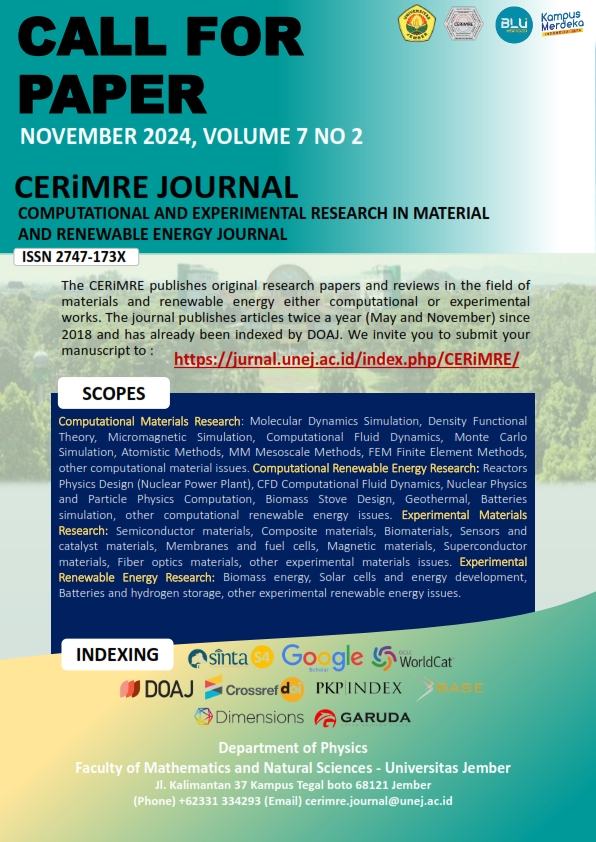Design and Implementation of Solar Cells as an Alternative Power Source for Pinisi Ships
Abstract
The Pinisi is a traditional Indonesian ship recognized as a maritime cultural masterpiece and remains widely utilized, particularly in liveaboard tourism. The increasing demand for sustainable and innovative energy solutions in the tourism and maritime industries highlights the relevance of adopting solar cells as an alternative energy source for lighting on these ships. Solar cells, primarily made from silicon, efficiently convert solar radiation into electrical energy. This study evaluates the feasibility of using solar cells to power lighting systems on Pinisi ships operating in the Selayar Islands. Solar radiation data from NASA Surface Meteorology was utilized to estimate the optimal power output of solar modules. The analysis indicates that 10 solar cell modules can generate an energy output of 19.480 kWh, sufficient to meet the ship's lighting requirements. Configurations were optimized for different decks, ensuring efficient energy distribution while maintaining sustainability. The findings demonstrate that implementing solar cells on Pinisi ships not only fulfills their energy needs but also supports the maritime tourism industry by providing an eco-friendly and innovative energy solution. This approach contributes to the preservation of maritime heritage while addressing contemporary environmental challenges.
Keywords: Pinisi ship, solar cells, energy conversion, maritime tourism innovation











